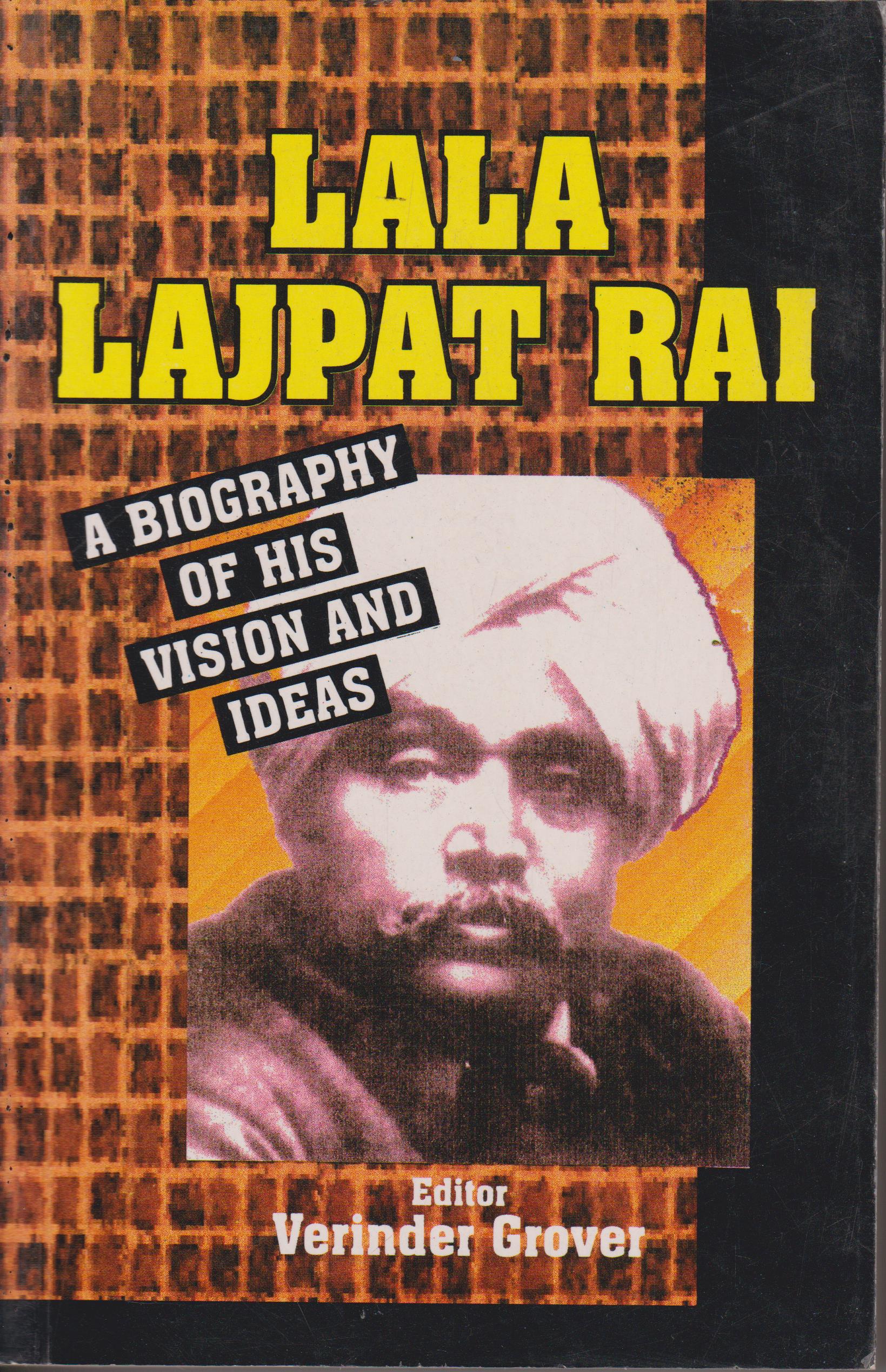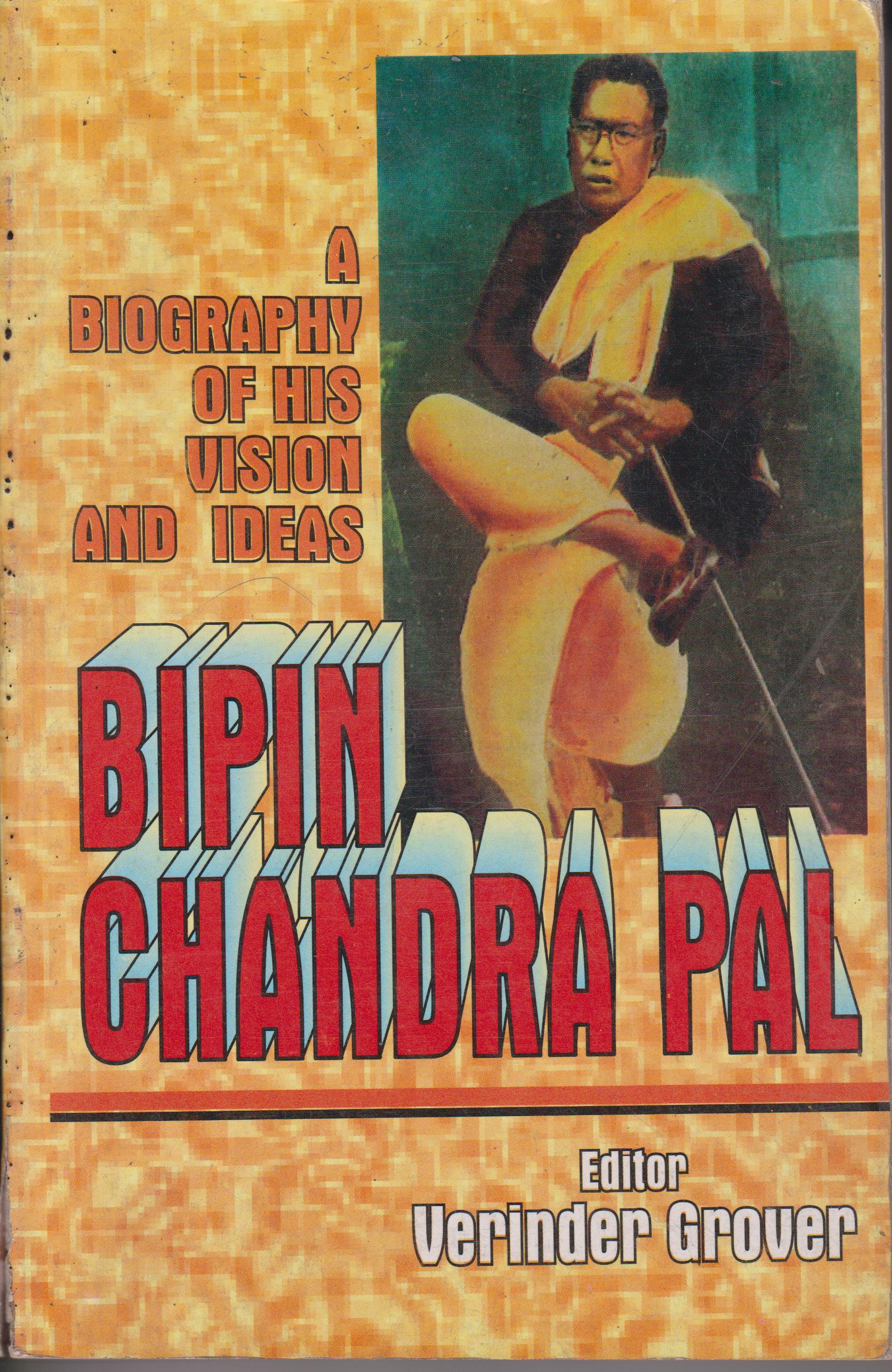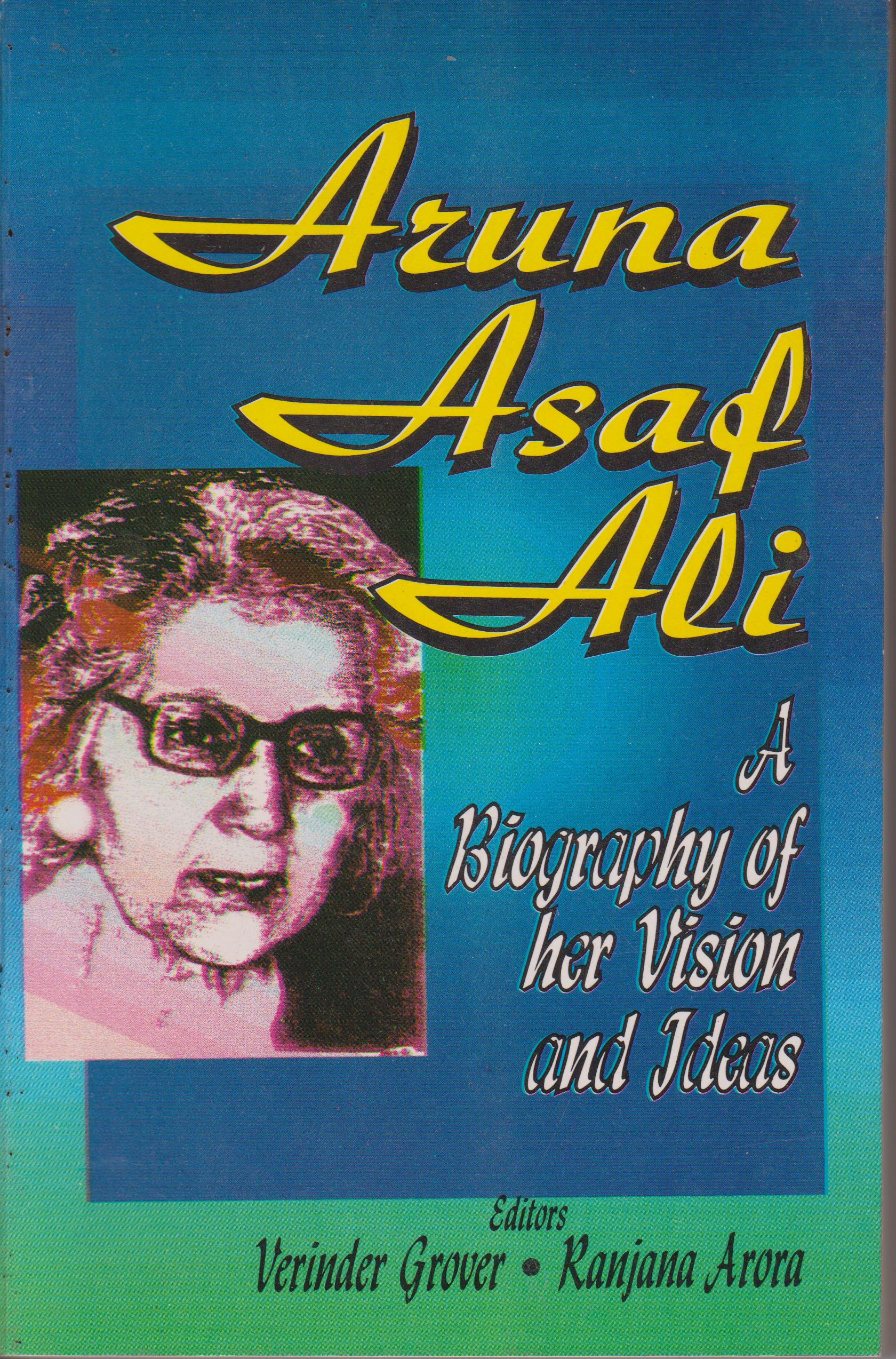Description
Lala Lajpat Rai was a prominent figure in India’s struggle for independence from British rule. His contributions to the freedom movement and his tireless advocacy for social and political reform have left an indelible mark on the country’s history. Verinder Grover’s biography, “Lala Lajpat Rai: A Biography of His Vision and Ideas,” delves deep into the life and ideology of this remarkable leader. In this extensive book review, we will explore the book’s strengths and weaknesses, its writing style, the author’s background, as well as the reception it has received among readers.
Verinder Grover’s biography offers a comprehensive account of Lala Lajpat Rai’s life, beginning with his early years and tracing his journey to becoming one of the most influential figures of the Indian independence movement. The book explores Rai’s formative years, his education, and his early involvement in social and political activities. It goes on to examine his significant role in the foundation of the Indian National Congress and his relentless efforts to unite the Indian masses against colonial rule.
The biography provides a detailed analysis of Rai’s vision and ideas, focusing on his belief in Swadeshi (self-reliance), his emphasis on education and empowerment, and his commitment to social justice and equality. It highlights his pivotal role in promoting Hindu-Muslim unity and his contributions to shaping the political landscape of pre-independence India. The book also delves into Rai’s contributions as a journalist, his intellectual pursuits, and his international engagements in propagating the cause of Indian independence.
Grover’s biography offers a well-researched and meticulously detailed account of Lala Lajpat Rai’s life. The author’s extensive research is evident through the inclusion of numerous primary sources, archival material, and firsthand accounts, providing readers with a comprehensive understanding of Rai’s journey. Grover’s analysis of Rai’s vision and ideas is insightful, showcasing the ideological underpinnings that shaped his actions and decisions.
One of the strengths of the biography lies in its balanced portrayal of Rai. While it highlights his strengths, such as his unwavering commitment to his cause and his eloquence as a speaker, it does not shy away from discussing his limitations and occasional political missteps. This nuanced approach adds depth to the narrative and presents Rai as a multifaceted figure rather than a mythical hero.
In comparison to other biographies on Lala Lajpat Rai, Grover’s work stands out for its meticulous research and comprehensive coverage. It surpasses previous biographies in its ability to capture the essence of Rai’s ideology and his contribution to India’s freedom struggle. The author’s analysis of Rai’s vision and ideas provides a unique perspective that sets this biography apart from others.
Throughout the biography, Grover explores several overarching themes that shaped Lala Lajpat Rai’s life and work. These themes include nationalism, social reform, religious harmony, and the pursuit of justice. The author delves into Rai’s unwavering belief in the power of education and self-reliance as catalysts for social and political change. The biography also highlights the complexities of religious identity in colonial India and Rai’s efforts to bridge communal divides.
Apart from Lala Lajpat Rai himself, Grover’s biography sheds light on the significant individuals who influenced Rai’s life and his work. From his close associates like Bal Gangadhar Tilak and Bipin Chandra Pal to the British colonial administrators and Indian politicians of the time, the book provides a rich tapestry of the personalities who shaped the political landscape of pre-independence India. Grover skillfully captures their interactions and the dynamics between these characters, bringing them to life within the narrative.
About the Author:
Verinder Grover, the author of “Lala Lajpat Rai: A Biography of His Vision and Ideas,” is a renowned historian and scholar with a deep understanding of India’s colonial history. With extensive research experience and expertise in the field, Grover brings a nuanced perspective to the life and legacy of Lala Lajpat Rai. His previous works have received critical acclaim for their thoroughness and attention to detail, making him a trusted authority on the subject matter.
Grover’s writing style is engaging and accessible, making the biography a compelling read for both academic scholars and general readers interested in Indian history. The author combines a scholarly approach with a narrative flair, effectively conveying the significance of Rai’s life and ideas without sacrificing readability. Grover’s prose flows smoothly, and his ability to convey complex historical events and ideas clearly and concisely is commendable.
What People Say About This Book:
Readers of “Lala Lajpat Rai: A Biography of His Vision and Ideas” have lauded Verinder Grover’s meticulous research and his ability to present a comprehensive picture of Rai’s life and ideology. Many have praised the biography’s balanced perspective, noting that it provides valuable insights into Rai’s strengths, weaknesses, and the challenges he faced. The book has been commended for its readability and its contribution to filling a significant gap in the understanding of Rai’s life and his role in India’s freedom struggle.
- Meticulously researched and comprehensive account of Lala Lajpat Rai’s life.
- Balanced portrayal of Rai, highlighting both his strengths and limitations.
- Insightful analysis of Rai’s vision and ideas.
- Engaging and accessible writing style.
- Contributions to bridging a gap in understanding Rai’s role in India’s freedom struggle.









Reviews
There are no reviews yet.